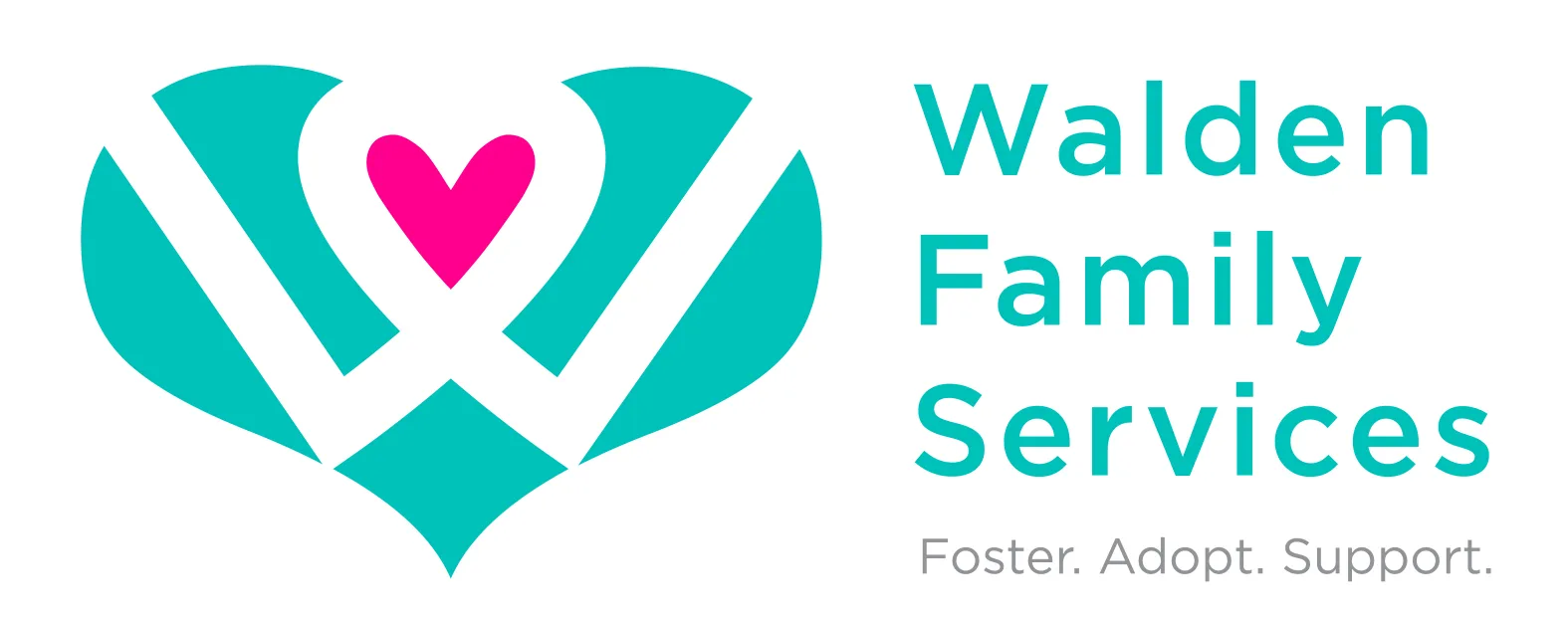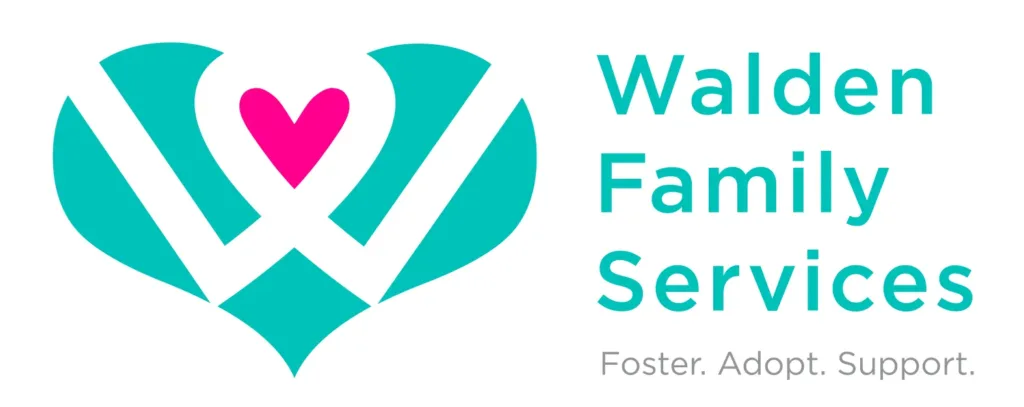
Children & Youth in Foster Care
Children & Youth in Foster Care
Kids who come into foster care have experienced prolonged stress and trauma, which can derail their development. Quality foster care programs help kids heal and develop the knowledge, skills and relationships to become contributing members of their family, school, and community.
Why do children and youth enter foster care?
Kids enter foster care when parents are unable to provide a safe, stable and caring environment where they can learn and grow. Common reasons children enter care include parental substance abuse, mental illness, domestic violence and neglect. These stressors cause trauma, which can derail children’s development.
How does foster care help children heal?
Kids in foster care share similar needs, desires and hopes for the future as other children. Many kids also experience feelings of anger, guilt and fear about their parents’ inability to care for them, and trauma about being removed from their family, school, community and culture. Often, these traumatic experiences have a dramatic impact on kids’ well-being.
Social workers help kids to heal from trauma with the primary goal of stabilizing and reunifying the family. When reunification is not possible, social workers support children in developing stable, lasting relationships with relatives or kin-or foster and adoptive resource families-who step forward to care for the child. These relationships provide kids with opportunities to earn recognition for building their knowledge and skills, which contributes to positive self-esteem. Positive interactions with caring adults helps rewire children’s brain architecture, and strengthens the foundation for future learning, behavior, health, and social-emotional well-being.
Who are the children in foster care with Walden?
Walden’s foster care and adoption programs ensure that children and youth of all ages—especially kids who need specialized care—have the opportunity to grow up knowing the stability, love, and sense of community that family life provides:
- Sibling groups. Kids in foster care are often separated from their siblings, because agencies cannot find a family willing to adopt them all. Keeping siblings together minimizes the grief and loss children and youth experience, and creates a sense of stability and security that can help kids adjust to living in a new family or community.
- Children with developmental disabilities. Foster and adoptive families trained to care for children with developmental disabilities—intellectual disabilities, cerebral palsy, epilepsy, autism and similar needs—prevent institutionalization, and prepare kids for maximum independence by providing them a full range of life experiences.
- Children with emotional and behavioral challenges. Children and youth often struggle with emotional and behavioral challenges as a result of the neglect or abuse that brought them into foster care, or the trauma of multiple placements or too much time in institutional or group care. Treatment foster care prepares families to help children heal in a family environment, rather than isolating them from opportunities to develop the skills to grow into healthy adult members of the community.
- Children with special healthcare needs. Medically fragile children are more likely to thrive with the love and support of specially trained and certified foster and adoptive families, than they are confined to skilled nursing facilities and hospitals. Families who support these children receive additional training to meet the needs of premature infants, or children with juvenile diabetes or other chronic or life-threatening medical conditions. Training may also include learning how to use apnea monitors, nebulizers, oxygen, feeding tubes and other adaptive equipment.
- Tweens and Teens. Older children who enter foster care are at much greater risk of aging out of the system without connections to caring adults who can support them in reaching their full potential. This is especially true for pregnant and parenting teens, and for LGBT youth whose birth families do not accept their gender identity. Foster and adoptive resource families can play a critical role in helping youth explore their identity and providing experiences that prepare youth to become productive and fulfilled members of the community.
In addition, Walden’s youth services programs support pregnant and parenting teens and youth transitioning to adulthood to live on their own within the community.
What happens when children cannot return home?
If birth families are unable to reunify with their children, the children become freed for adoption by families who can provide for their physical, developmental, and social-emotional well-being. Ensuring that all kids exit foster care with the support of a family or caring adults increases the likelihood kids will complete high school and college, and reduces the likelihood they will become homeless, incarcerated, pregnant or dependent on public assistance.
Our Programs:

